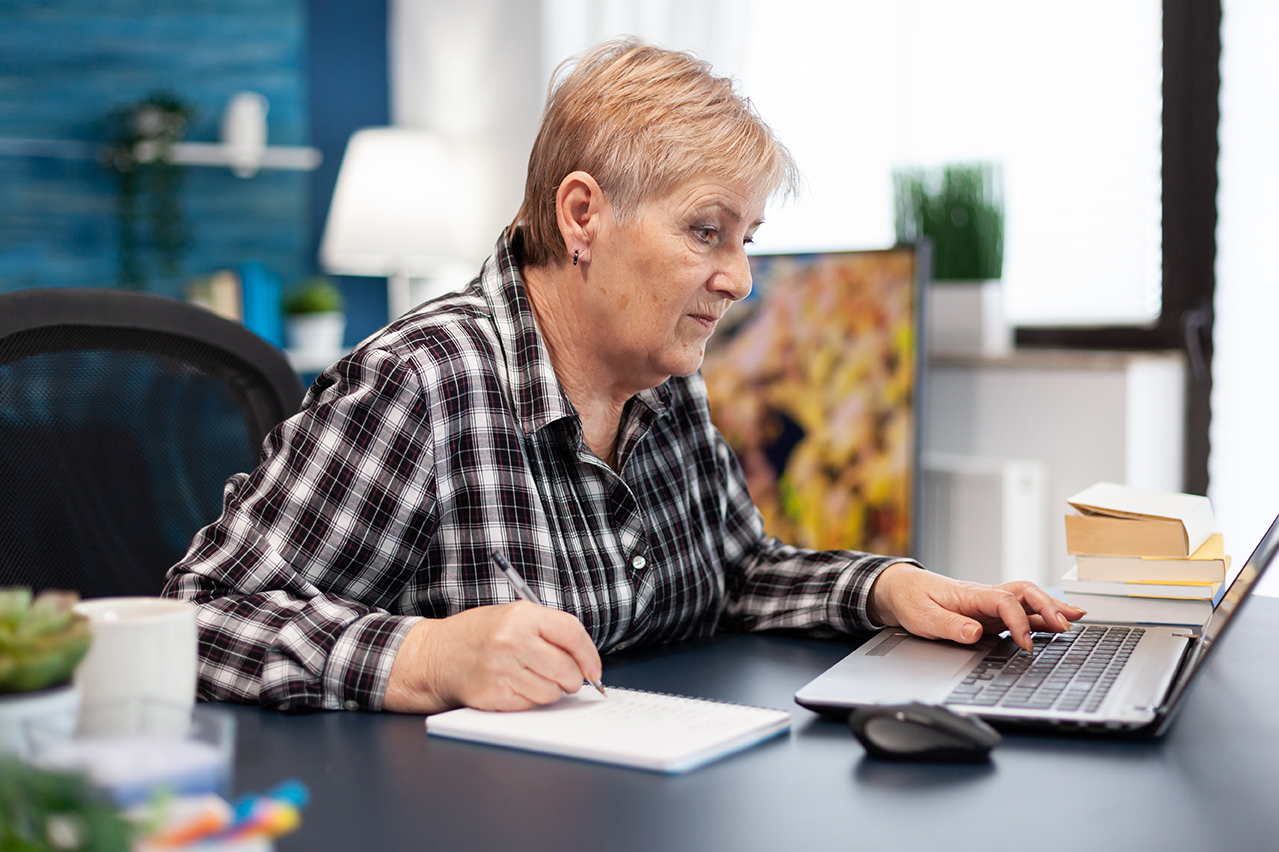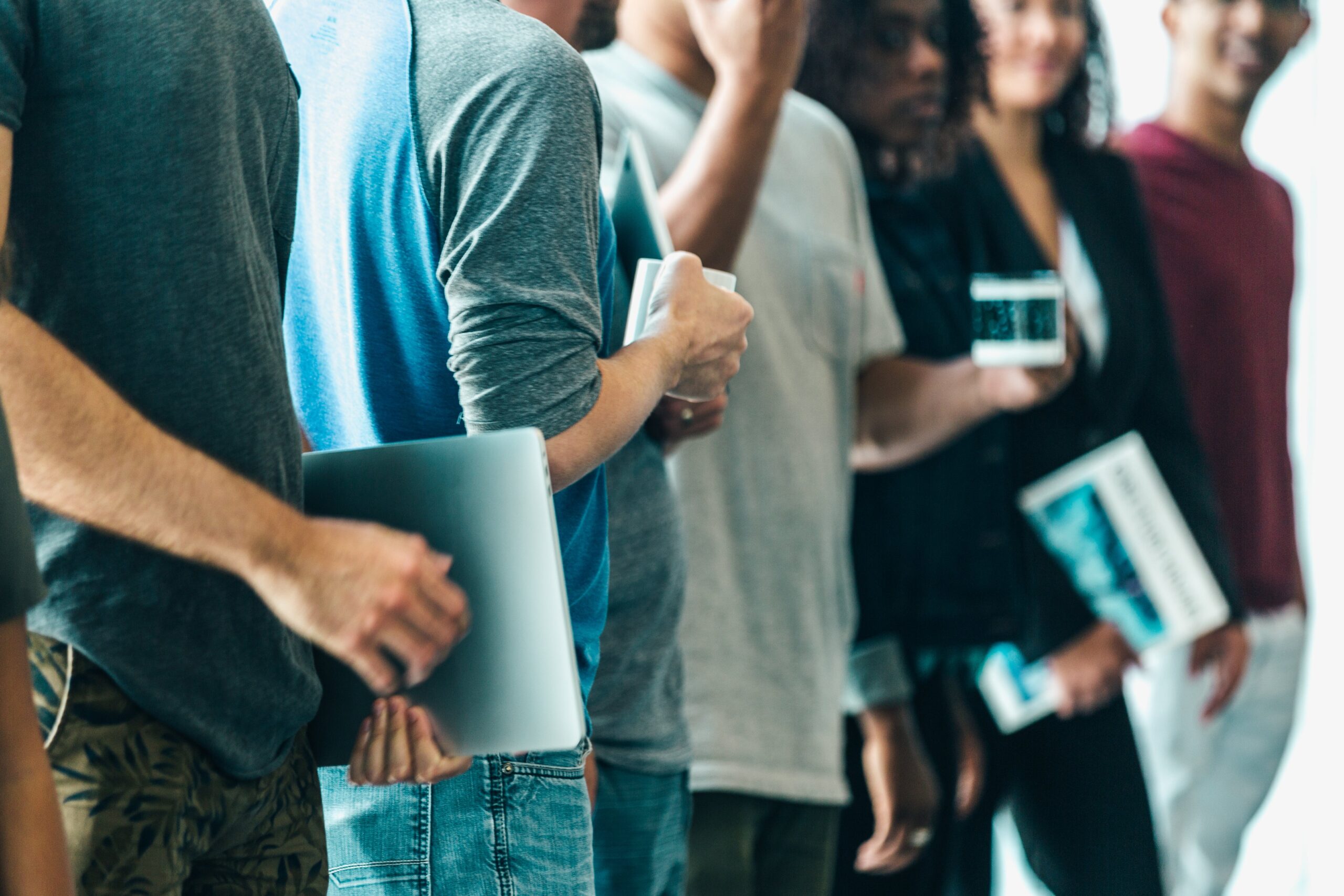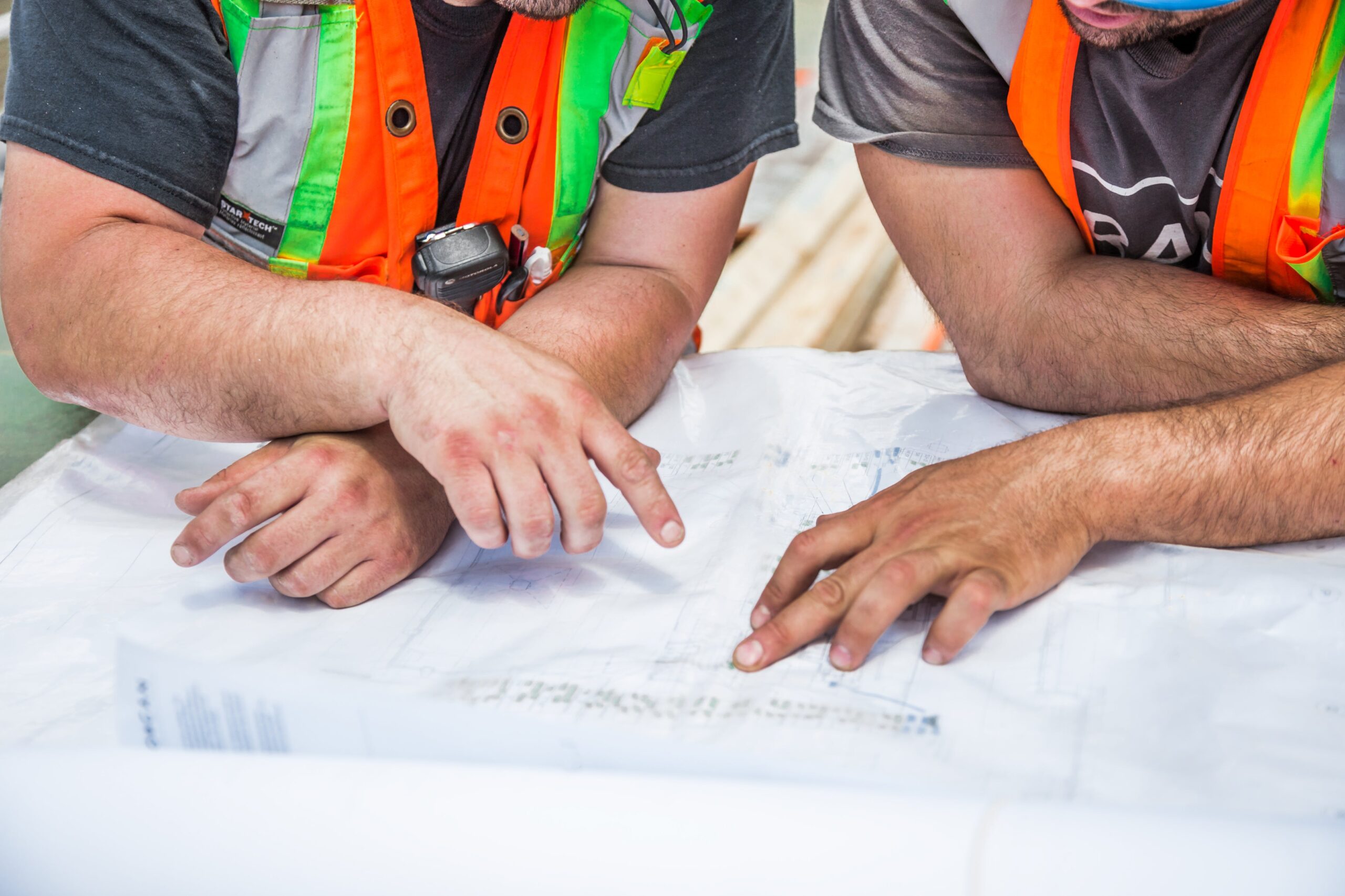
552 completions!
The Workers’ Voice survey has now closed, and we are thrilled to say that we received 552 survey completions from workers. The data is currently being analysed in detail.
We’d like to say a huge THANK YOU to everyone who completed the survey, shared their story, subscribed to project updates, liked our Facebook page, attended one of our events or shared information with your networks. Thanks to you all, the first phase of the Workers’ Voice study has been a success.

Now what?
We will use the information we collected to design a new workers’ compensation system, using a computer modelling approach. This computer model will be developed along with workers, and their family or friends, to make sure it reflects the workers’ voice.
We are still gathering stories and submissions of your experiences, so please keep sending these through, via this link: Tell us your story
We are building a computer model of the current system and then will co-design and build the new computer model through workshops later this year, and then compare the new model with the current system model. This will help us get a better understanding of how things could differ, and how outcomes for workers would change in a different system.

So far…
Since we started the study in October 2023, we’ve achieved some pretty exciting things including:
- Logo Design: The central theme of Workers’ Voice is to work with and listen to people with lived experience of workers’ compensation and learn from them. We are aiming to embed this in every aspect of the study including designing our logo. Read the special story behind our logo here.
- Awards: Vasalia Govender, one of our esteemed Lived Experience Advisors on the Workers’ Voice study, received dual honours at the 2023 Volunteer Awards presented by Volunteer Victoria.
- Media: Project Leader, Professor Alex Collie featured on the ABC Conversation Hour hosted by Richelle Hunt. They explored the intricacies of Workers’ rights in the context of our study and unravelled the key insights and discussions surrounding the crucial topic of navigating workers’ compensation. Workers’ Voice also featured in the National Tribute, Safe to Work and Hello Leader. Read more about out media outputs here.
- Online Information Session: Our lead researcher Professor Alex Collie ran an online information session exclusively for those who have lodged a workers’ compensation claim and their supporters. Participants had the chance to ask questions about the study and how they can get involved. You can watch the presentation here.
- SIRA Presentation: Professor Collie also spoke to 120 attendees at a State Insurance Regulatory Authority (SIRA) meeting. The Workers’ Voice study update was well received by all.
- RTWMatters interview: We were fortunate enough to have the opportunity to speak to ‘Return to Work Matters’ and have the 2-part interview included in their subscriber newsletter. Part one of the interview covered the background to the study and what it hopes to achieve. In the second part, Professor Collie got into the nuts and bolts of the study. Read some of the interview in our April project update.
- Injured Workers Campaigns Network: We had the privilege of being a guest speaker at one of the groups monthly Zoom meetings organised by Unions NSW.
- ASORC 2024 Conference: Dr Elizabeth Pritchard spoke at the Rehabilitation Counsellors’ virtual conference in May. The conference is designed to facilitate knowledge exchange, foster collaboration, and inspire change across disciplines, with an emphasis on exploring emerging trends and addressing contemporary challenges. Read more here.
- SA Unions: Dr Elizabeth Pritchard presented the study to SA Union monthly Workers Compensation Standing Committee meeting. This was attended by workers compensation practitioners working within Unions across South Australia. We thank you for your support and a boost in people completing the survey from SA.
- Upcoming Webinar – ISCRR Learning Series: We have been invited to present information about working with Lived Experience Advisors and the Workers’ Voice study progress at the ISCRR Learning Series seminar on 13th August 2024. Stay tuned for registration details.

Q&A
RTWMatters spoke to Professor Alex Collie, the Project Leader of Workers’ Voice, to find out more about the study. Part 1 of that interview covers the background to the study and what it hopes to achieve. Part 2 gets into the nuts and bolts of how the study will be done. Here’s a sneak peek at some of the questions (click on the question to read the answer).
The lived experience advisors? Can you talk about their role?
They’re critical. They’re involved in pretty much every step of the process. We currently have 4 injured workers as key advisors who have been helping in designing the project and have
played a critical role in the way we collect data.
Some of them are investigators on our ethics application. They’ve been advising us on things
like how we word a question on the questionnaire, the questions we ask in interviews, how we
communicate with the injured worker community and how to interact with them.
Then as the project progresses they’re going to play a really important role in co-designing
some of the outputs that we’ll produce. As we develop these models, those advisors and
groups of injured workers who are volunteering to participate in the project are going to directly inform models.
We hope they’ll also become spokespeople for the project, so it’s not just me talking all the
time. We’d like the people with lived experience to get out and talk about this so it’s not just a
project being led by academics.
We’ve also had some generous support from some of those people who’ve given us many
hours of their time already to get to this point, and they’re very enthusiastic about it. Some of
them have spent decades supporting family members who’ve had very serious workplace
injuries and know the systems inside and out. That’s really valuable experience for us.
How is the project funded?
It took me a couple of years to secure the funding for it because I wanted to get it funded
independently. We didn’t go to a regulator or insurer or anyone else. So it’s funded by the Australian Research Council through a competitive grant that we won because of the quality of our ideas.
None of those ‘powers that be’ have any role in the governance, management or operation of
the project. It’s perfectly set up to be independent. The group that does have an important role in the way the project is run are injured workers and their families. We’re happy for anyone to promote the study and talk about it. But the decision-making about what happens
What do you think, or hope will happen next?
I think that’ll be interesting to find out. I don’t know what these models are going to look like. It’s kind of exciting to not know what’s going to happen. We might end up with something
completely different to the way workers’ comp is currently run in Australia. Or it might just be a few variations on what we have. It’ll depend on what the community tell us.
I guess if it’s a very big variation from what we have now that will be more of a challenge for
governments than if it’s a minor change or a set of minor things. I’m hoping we’ll be able to
come up with some very practical implementable suggestions that might be able to be done in the short- to medium-term.
But I’m also really hoping to get a completely different vision just to force people to think
differently. I think we’re stuck in Australia in the way that we think about workers comp
because the way we do it now is largely based on the way the systems were designed in the
1980s with a few changes along the way. But every time there’s some financial pressure, we
revert to the original scheme design.
For example, look at what’s been happening in Victoria recently. The Premier, when they
announced this said something like, ‘We’re taking it back to its original purpose’. But the
original purpose was 40 years ago so that’s not an appropriate model for the mid-2020s.
I think there’s kind of a lack of imagination in thinking about how this could be done, and if you look internationally, there are all sorts of different approaches to dealing with the issue of
people who are unable to work because of an injury or illness. We just happen to have one set
of approaches in Australia. There are lots of different ways to skin this cat.
How are you making sure you’re getting a broad range of perspectives and experiences from diverse groups in the workforce?
That’s something we’ve thought about a lot. The most valuable information we’ll rely on the
most for developing these models is what we’ll get through interviews, focus groups and
qualitative methods.
To make sure we’ve got a representative cross-section of workers and their family members in that, we’ve decided to start by recruiting and enrolling as many people as we possibly can in an initial survey and we can select some of them based on their characteristics to participate in the more detailed part of the project.
So once we’ve got hundreds of people enrolled in a survey, we’re planning to narrow it down to about 50 people across different states, genders, ages, types of injuries and different
experiences, positive and negative. So let’s call that the stratified sample, which’ll then move into the more detailed data collection component. What we’re doing at the moment is going out as broadly as we can and telling as many people as we can about the project, to get them to engage in an initial exercise — a survey, or send us your story or sign up for our newsletter — and so far, hundreds of people have completed the survey.
And we’re hoping to get hundreds more over the next couple of months. That will give us a big pool of people We’ve had some general media, a social media campaign is going on, we’re talking directly to injured worker groups around the country, we’ve asked all the regulators and insurers and they’ve been good at getting it out through their networks. We’ve been contacting other organisations and charities to send the message, so it’s been a multi-pronged promotion and recruitment strategy. But we want our contact to be directly with workers.
In the first survey, we ask people about their cultural background, the language they speak,
gender, age and other socio-demographic stuff as well as their type of injury and overall
experience. We don’t just want people who’ve had negative experiences. We want people with
positive experiences too.
We’re also using an interesting device to help people imagine or describe their experiences in
a simple way — called story arcs. We’ve designed some visual stories about people’s
experiences with their worker’s comp claims. For example, ‘Things started well, but then
dropped off or became really negative’. Or ‘It started out badly and then got better’, or ‘It
bounced all over the place and I never knew what was going on’.
We ask people to look at these pictures and say which one describes their overall experience
in the workers’ comp system. We tested this with our lived experience advisors and they liked
this idea to get information. This will help us identify people with a range of experiences that
we’ll follow up with in the later data collection project.
Are you using any quantitative data?
Yes. At the moment we’re designing these models for our current workers’ comp systems so
we’re using a lot of existing evidence to get baseline information that we can build on —
everything we know from analysing workers’ comp claims data for decades and the Return to
work survey and published qualitative and other evidence is all in the mix of things that
underpin the design of the ‘current state models’. And then what we’ll do with the ‘lived experience models’ is those assumptions and those features will change based on the information we get from workers. So we’ll take out the current stuff and put in what we get from the surveys, interviews and focus groups.
What we don’t know at the moment is the extent to which we’ll have to change those
assumptions based on what the workers tell us. So it might be they want a system that looks
nothing like the way that current systems are designed, so it needs to start from scratch or it
maybe they say ‘Most of it is alright, we just change who’s eligible or the sorts of benefits we
can get’.

Stay in touch!